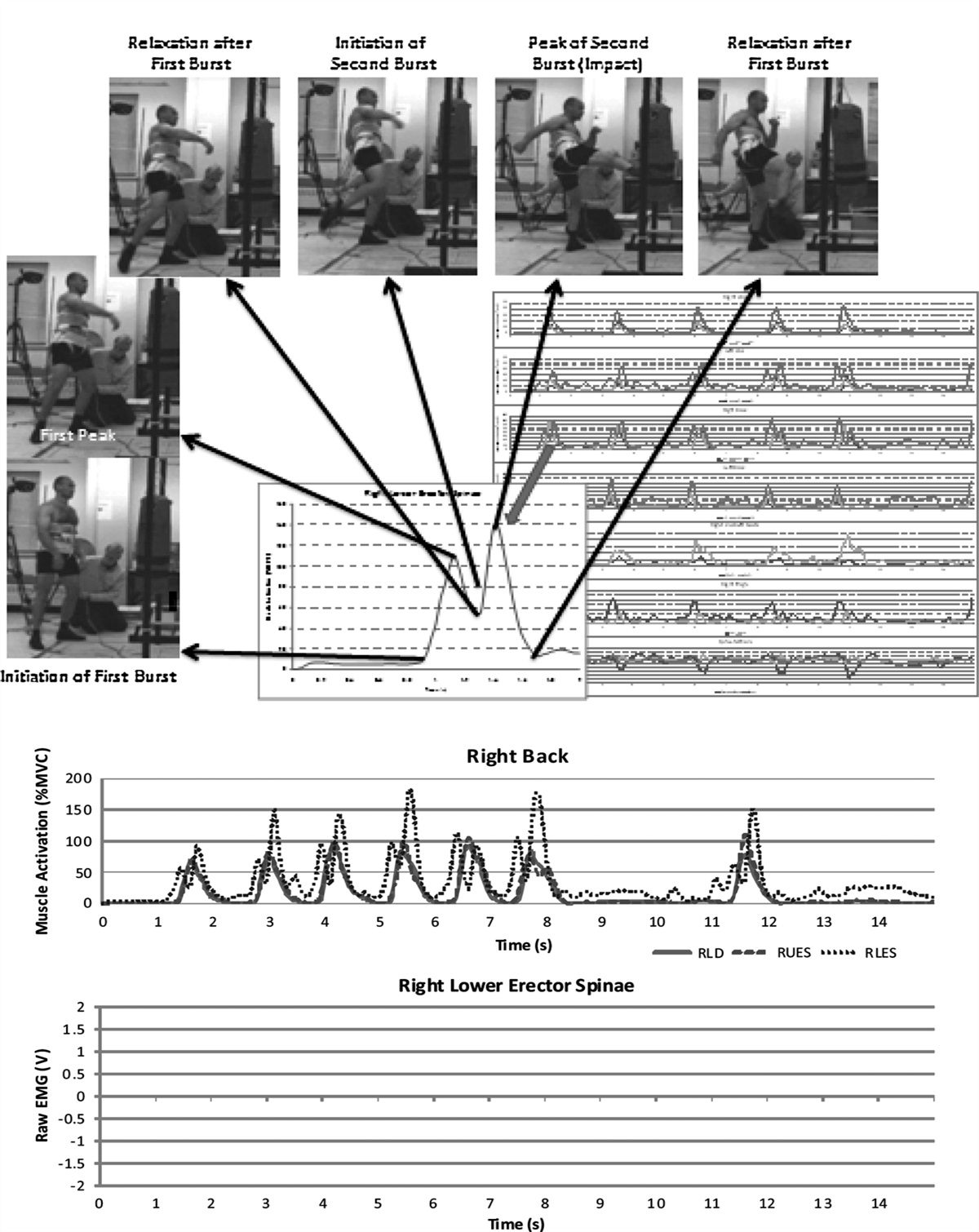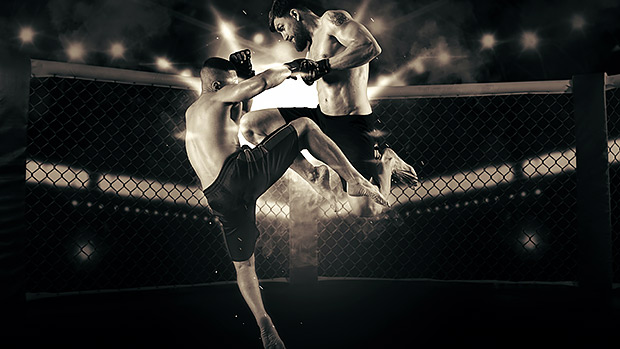shawnjm23
Level 3 Valued Member
I took the Second Wind Express course some time back now and I am still having a hard time understanding some aspects of the relaxation chapter. Hoping someone can simplify it for me. Researchers demonstrated that speed of muscle relaxation correlated more with level of athletic achievement than strength indices in 17 out of the 20 sports that were studied and that this was especially true at the highest level. Furthermore there were a number of sports that showed no correlation or slightly negative correlation between strength and achievement. Myorelaxation in the training process of skilled athletes
The authors also showed that there are 3 types of "long term adaptation" categories that athletes fall into. hypertrophic, transient and relaxation. This is estimated by calculating ones strength to relaxation speed ratio. The relaxation type adaptation is the most beneficial: "The relaxation type of individual development is the most profitable in all intents. For relaxation type persons the CNC exciting and inhibitory processes' balance, high rate of muscles' relaxation, excellent regulation and movement coordination, perfect reaction to moving objects, that guarantees the sport, everyday and street traumatism minimization, are specific. The most economical - eukinetic circulation type prevails in them, the cardiac performance high economical efficiency, the minimal level of energy consumption, a decreased concentration of energy exchange metabolites in blood, a high rate of reparative processes and resynthesis of energy resources, excellent physical performance and stamina prevail in them. They excel with an increased stress tolerance, twice or trice as seldom they are subject to overwork and diseases, as compared to the hypertrophic type persons. Relaxation type sportsmen, as contrasted with hypertrophic type ones, enjoy considerably greater sport longevity, stand physical and psychological stresses far easier, are subject to various overworks, traumas and diseases 8-10 times as seldom and achieve the highest sport results' " Myorelaxation in Increase of Efficiency of Training Process of Athletes
With all of this information in mind, my main question is how beneficial is it for an athlete, especially an athlete where there was no correlation between level of achievement and strength (hockey, boxing, skating, decathlon, swimming, soccer) to gain strength? Please consider as well that a gain of strength would also push their long term adaptation away from relaxation, if relaxation speed remains the same due to the adjustment in strength to relaxation speed ratio.
I feel as though in a perfect world one could raise there strength to a moderate level and raise there relaxation speed to a high level to obtain an ideal ratio however I feel like raising relaxation speed substantially is less straight forward than strength training.
Thanks for any insight on this and please note that I enjoy strength training. I am trying to gain a better understanding of athletic performance.
The authors also showed that there are 3 types of "long term adaptation" categories that athletes fall into. hypertrophic, transient and relaxation. This is estimated by calculating ones strength to relaxation speed ratio. The relaxation type adaptation is the most beneficial: "The relaxation type of individual development is the most profitable in all intents. For relaxation type persons the CNC exciting and inhibitory processes' balance, high rate of muscles' relaxation, excellent regulation and movement coordination, perfect reaction to moving objects, that guarantees the sport, everyday and street traumatism minimization, are specific. The most economical - eukinetic circulation type prevails in them, the cardiac performance high economical efficiency, the minimal level of energy consumption, a decreased concentration of energy exchange metabolites in blood, a high rate of reparative processes and resynthesis of energy resources, excellent physical performance and stamina prevail in them. They excel with an increased stress tolerance, twice or trice as seldom they are subject to overwork and diseases, as compared to the hypertrophic type persons. Relaxation type sportsmen, as contrasted with hypertrophic type ones, enjoy considerably greater sport longevity, stand physical and psychological stresses far easier, are subject to various overworks, traumas and diseases 8-10 times as seldom and achieve the highest sport results' " Myorelaxation in Increase of Efficiency of Training Process of Athletes
With all of this information in mind, my main question is how beneficial is it for an athlete, especially an athlete where there was no correlation between level of achievement and strength (hockey, boxing, skating, decathlon, swimming, soccer) to gain strength? Please consider as well that a gain of strength would also push their long term adaptation away from relaxation, if relaxation speed remains the same due to the adjustment in strength to relaxation speed ratio.
I feel as though in a perfect world one could raise there strength to a moderate level and raise there relaxation speed to a high level to obtain an ideal ratio however I feel like raising relaxation speed substantially is less straight forward than strength training.
Thanks for any insight on this and please note that I enjoy strength training. I am trying to gain a better understanding of athletic performance.


